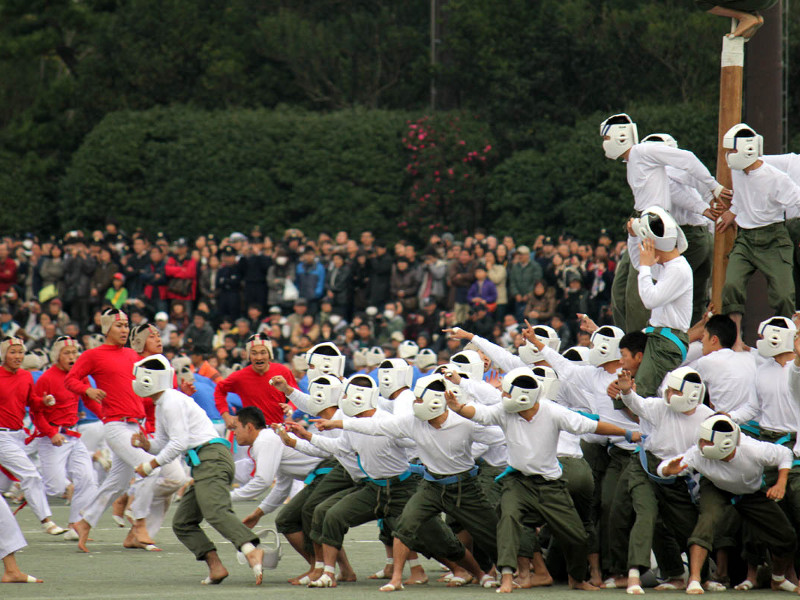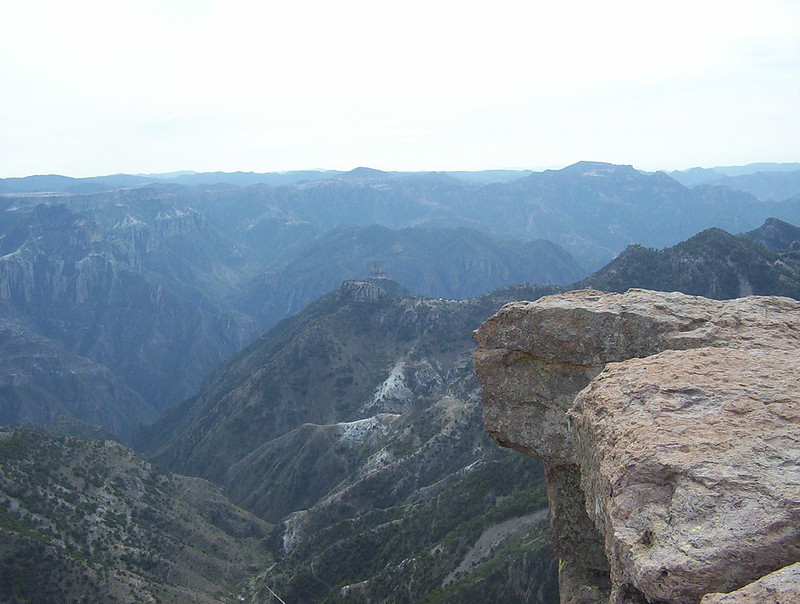Bo Taoshi is a traditional Japanese capture-the-flag-like game originating in the 1940s. It involves 150 players per team wearing protective gear such as helmets (not required). The game emphasizes strategic coordination, physical strength, and teamwork.
Winning strategies include mastering defense techniques, effective coordination, and quick decision-making. Various roles like defenders and attackers are key to success.
Training consists of endurance drills and coordination strategies.
The History of Bo Taoshi
Originating in Japan in the early 1940s, Bo Taoshi was developed as a competitive sport in the Japanese military. It started as a military training exercise to improve teamwork, coordination, and strategic thinking among soldiers.
Over time, it transitioned into a traditional sport played in schools, festivals, and community events across Japan, emphasizing teamwork, agility, and strength.
The sport’s evolution showcases its enduring cultural significance and values of camaraderie and cooperation.
Rules and Objectives of the Game
Two teams of 150 players (75 attackers and 75 defenders) each compete. One team attacks by trying to bring down a pole, while the other team defends by keeping the pole upright. The game emphasizes strategic coordination, physical strength, and quick decision-making.
Teamwork is important as players work together to overcome the opposing team’s defense and bring down the pole within a set time limit. Training and conditioning are essential for both offense and defense, as physical endurance and coordination are key factors in the game.
Bo Taoshi competitions are popular in Japan, where teams showcase their skills and teamwork. The sport’s mix of strategy, coordination, and physicality attracts participants and spectators.

Strategies for Winning Bo Taoshi
Collaboration is essential as players must work together efficiently to win.
Mastering defense techniques is crucial to maintaining stability and preventing the opponent from toppling the pole, leading to successful strategies for winning Bo Taoshi.
Teamwork
Effective coordination among participants is crucial in achieving victory in Bo Taoshi, requiring synchronization and strategic planning. Team unity is essential, with each member understanding their role and working towards a common goal.
Communication skills are pivotal for conveying strategies and ensuring everyone is aligned. To succeed in Bo Taoshi, teams should focus on assigning roles, creating signals, practicing together, strategic positioning, and quick decision-making.
Defense Techniques
Defense techniques involve strategic positioning, coordinated movements, and quick reflexes to protect the pole.
Defenders are positioned strategically around the pole, work together in sync to block the opposing team, and react swiftly to maintain a solid defense.
Team Formation and Positions
Team members are assigned specific roles to achieve success. These roles include:
- Defenders, responsible for protecting the pole.
- Attackers, tasked with toppling the opponent’s pole.
- Supporters, assisting both Defenders and Attackers.
- Strategists, analyzing the game and devising tactics.
- Communicators, coordinating movements.
Understanding roles and effective communication are crucial for success in Bo-taoshi.
Training and Preparation for Bo-taoshi
Training for Bo-taoshi includes strength and endurance drills for team members. Team coordination strategies are crucial for success in this dynamic game.
Teams focus on improving performance to effectively topple the opponent’s pole.
Physical Conditioning Drills
Physical conditioning drills are essential for improving physical abilities and stamina. Key components include interval training, strength exercises, and drills focusing on strength, agility, and endurance.
Five vital drills for preparation are:
- Sprint intervals
- Bodyweight exercises
- Agility ladder drills
- Medicine ball throws
- Flexibility training.
Team Coordination Strategies
Team coordination strategies are crucial in preparing for Bo-taoshi. Effective communication and trust among team members are essential. Clear communication channels convey strategies, while trust-building activities foster unity.
Defining leadership roles and promoting problem-solving skills are key. Strong leadership ensures understanding of responsibilities, while problem-solving enables teams to adapt quickly.
Emphasizing these aspects in training improves coordination for optimal performance in the matches.
Bo-taoshi Competitions and Events
The competitions are held annually to showcase participants’ skill and teamwork in this traditional Japanese game. The events highlight physical prowess and cultural heritage. Championships bring top teams to compete for the title.
These events promote cultural exchange and different techniques. Participants strategize to achieve victory, emphasizing teamwork and collaboration.
The Popularity of Bo Taoshi Today
Bo-taoshi has gained popularity in recent years, both in Japan and globally. The traditional Japanese game is known for its physicality and teamwork.
Modern adaptations have incorporated technology to attract a younger audience while maintaining the sport’s essence. Bo Taoshi continues to be culturally significant, symbolizing camaraderie, strategy, and resilience.
The game’s ability to unite people in friendly competition transcends language barriers, emphasizing teamwork and determination. Its unique blend of tradition and excitement ensures lasting appeal worldwide.

